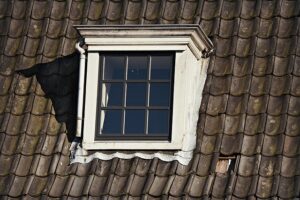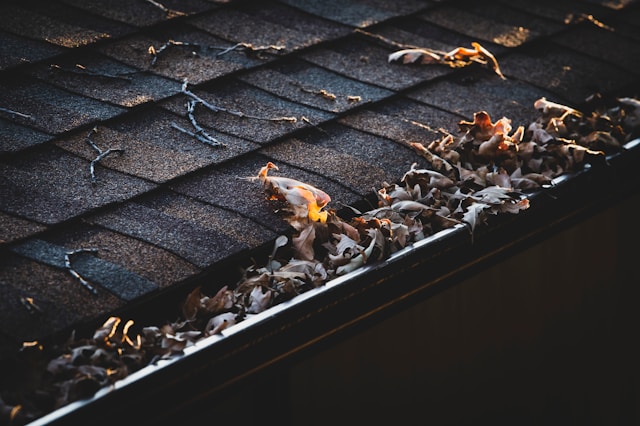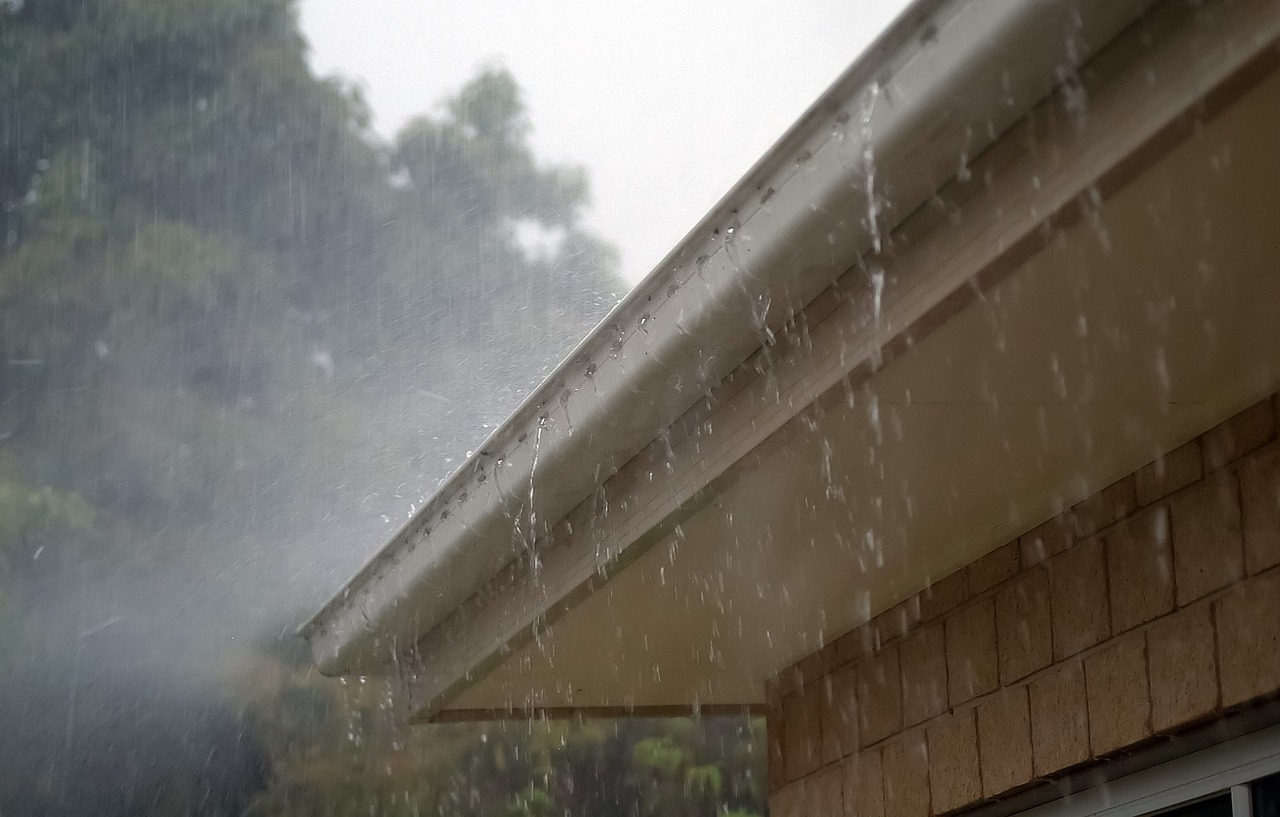Top Causes of Roof Leaks: What Every Homeowner Should Know
Your roof serves as your home’s first defense against the elements, yet even the most durable ones can develop leaks over time. For homeowners, detecting and addressing these issues early can save a lot of headaches down the road. From unexpected water stains on ceilings to moldy patches in corners, understanding what causes roof leaks is essential for maintaining a safe and comfortable living space. Roof leak repairs are an option if you find yourself dealing with any of the following issues. Let’s dive into some of the top culprits behind those pesky roof leaks so you can keep your home dry and secure.
Damaged or Missing Shingles
 Shingles are your roof’s protective layer, shielding it from rain, snow, and harsh sunlight. When shingles become damaged or go missing entirely, the risk of leaks increases significantly. Weather can take a toll on shingles over time. High winds may lift and tear them away, while heavy rain can cause wear and cracking. Sun exposure might lead to brittleness as well. Even minor damage can escalate quickly if not addressed promptly. A small crack or loose shingle may seem inconsequential at first but can allow water to seep through into your home’s structure.
Shingles are your roof’s protective layer, shielding it from rain, snow, and harsh sunlight. When shingles become damaged or go missing entirely, the risk of leaks increases significantly. Weather can take a toll on shingles over time. High winds may lift and tear them away, while heavy rain can cause wear and cracking. Sun exposure might lead to brittleness as well. Even minor damage can escalate quickly if not addressed promptly. A small crack or loose shingle may seem inconsequential at first but can allow water to seep through into your home’s structure.
Poor Installation
Poor installation can lead to significant problems down the line. If roofing materials are not placed correctly, they may fail to perform their primary job: keeping water out of your home. Incorrectly aligned shingles or flashing can create gaps that allow moisture to seep through. This often happens when inexperienced contractors cut corners or overlook necessary details. Even small mistakes during installation can result in extensive damage over time. Homeowners might notice leaks or even mold growth as a consequence of these errors. It’s crucial to hire qualified professionals who understand the intricacies of roof installation.
Flashing Issues
Flashing plays a critical role in keeping your roof waterproof. It’s the material installed around chimneys, vents, and other projections to redirect water away from vulnerable areas. When flashing is damaged or improperly installed, it can lead to leaks. Cracks and gaps create pathways for rainwater to seep into your home. This issue often goes unnoticed until significant damage has occurred. Metal flashings are common but may corrode over time. If you notice rust spots or peeling paint, it’s a sign that repairs are needed soon. In some cases, improper sealing affects how well the flashing performs.

Clogged Gutters
Clogged gutters are a common culprit behind roof leaks. When leaves, twigs, and debris accumulate, they create blockages that prevent water from flowing freely. When rain falls, it can cause water to back up on the roof. This standing water seeps under shingles and into your home’s structure. Over time, this leads to significant damage. Additionally, clogged gutters can lead to ice dams in colder months. Ice builds up along the edge of the roof when water cannot drain properly.
Ventilation Issues
Proper ventilation is crucial for your roof’s health. When air cannot circulate freely, moisture builds up in the attic. This can lead to mold growth and wood rot. Stale air trapped in the space can also raise temperatures during hot months. Excess heat not only damages roofing materials but also increases energy costs as your cooling system struggles to keep up. Poorly installed or insufficient vents are common culprits of ventilation issues. Homeowners often overlook this aspect during renovations, leading to long-term problems. Regular inspections of vent systems can help identify blockages or damage before they escalate into leaks. Roof leaks can be a homeowner’s worst nightmare. Understanding the common causes is crucial in preventing costly damage and maintaining your home’s integrity. Keeping an eye on your roof’s condition and addressing issues promptly can save you time, money, and stress. Regular inspections and maintenance are essential to ensure that small problems don’t escalate into major repairs. If you notice any signs of leaks or water stains inside your home, take action immediately. Whether it’s repairing damaged shingles or clearing clogged gutters, proactive measures will go a long way in protecting your investment.…

